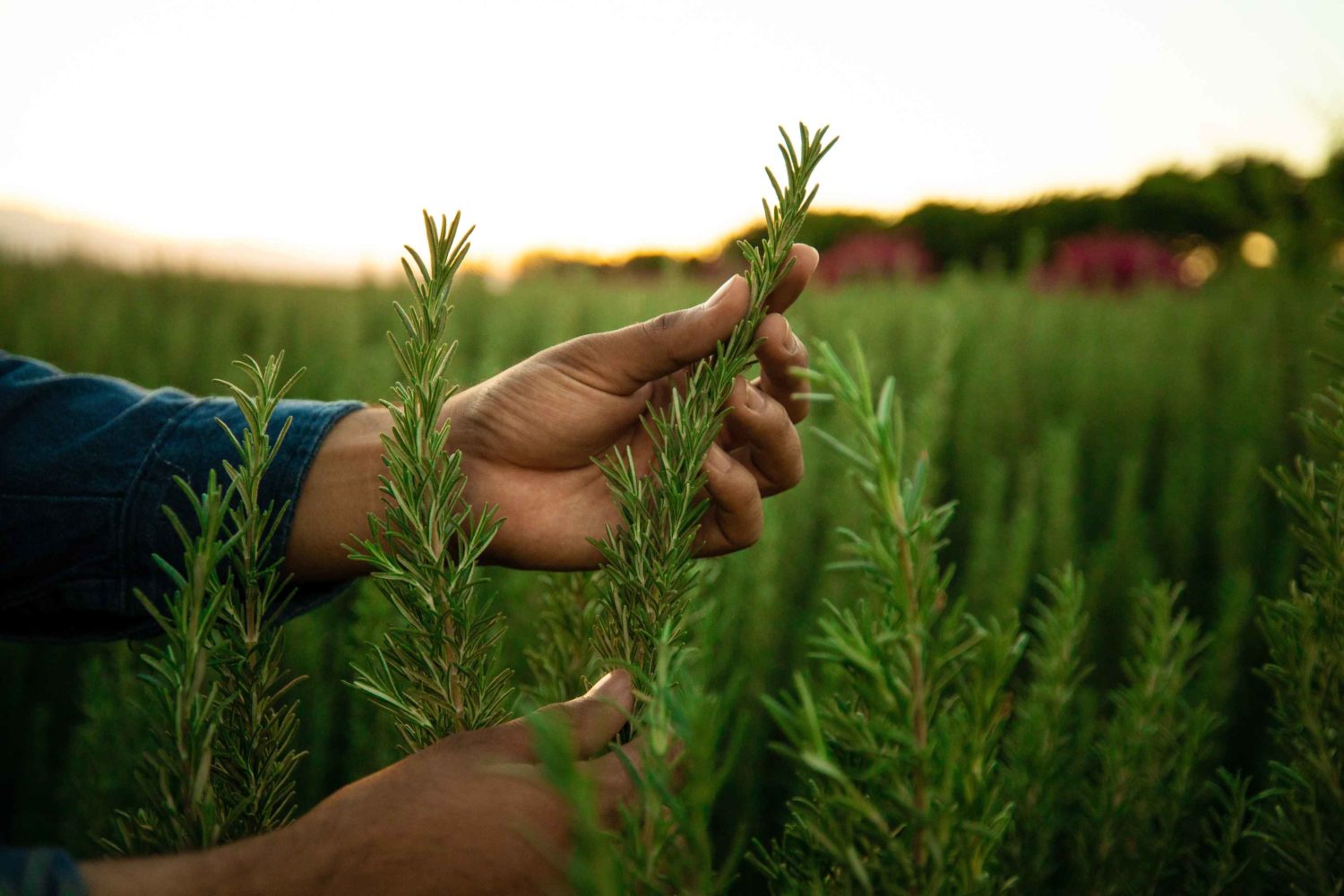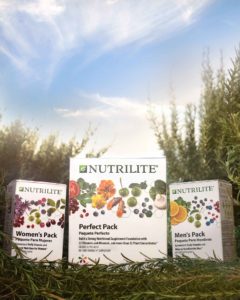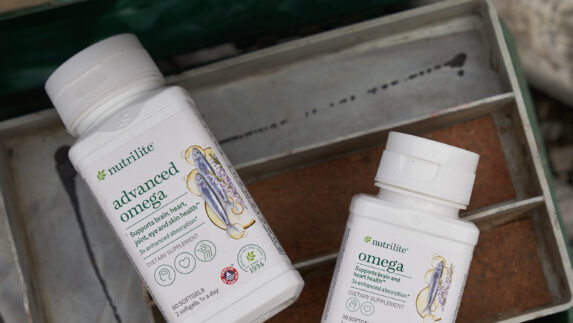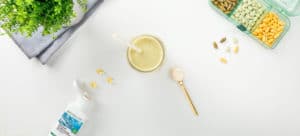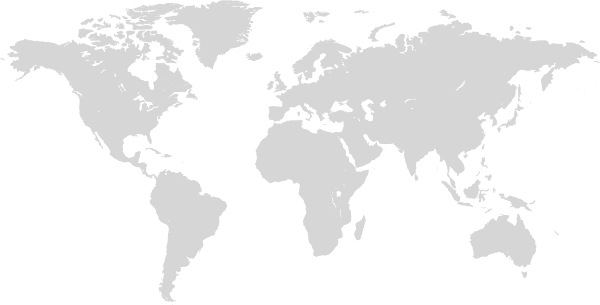The refreshing aroma of rosemary, which is a member of the mint family, can often be found in your shampoos, lotions and soaps. And its distinctive flavor is a wonderful addition to delicious savory meals, teas or infused waters.
But rosemary has also been used for hundreds of years. That’s likely due to its high levels of antioxidants, iron, calcium and vitamin B-6. Those spiky green leaves also contain phytonutrients, natural nutrients in plants that give fruits and vegetables their vibrant colors and respective health benefits when consumed.
All that goodness is why we made rosemary a key nutrient in our Nutrilite supplements, including Nutrilite™ Concentrated Fruits and Vegetable supplement for children and adults and Nutrilite Double X™ Multivitamin. Read on to learn more about this evergreen shrub as we bring you stories about quality ingredients and traceability measures from our farms.
Rosemary from our farms
Rosemary is native to the Mediterranean region, but our certified organic Nutrilite farm in El Petacal, Mexico, also has ideal growing conditions. We produce 40 tons of rosemary each year there, and it all starts with seeds planted in the nursery.
Ana Chavez, who handles communications for Nutrilite Rancho El Petacal, said the organic seed varieties were carefully selected by our Nutrilite researchers for their high nutrient levels and their ability to grow in the El Petacal climate.
Our farm teams carefully sow the seeds and care for them until they are young plants that are hardy enough to be replanted in one of our fields. Each rosemary seedling is transplanted by hand and we make sure it has enough space to thrive and flourish.
And because we make traceability a priority, records identify the who, what, when and where of each transplanted seed at our farm.
How to harvest rosemary
Some botanicals, like pomegranate and chia, get harvested more than once a year. At El Petacal, the rosemary only delivers one annual harvest. Our crews use sanitized, heavy duty stainless steel scissors to clip the branches, which are then put in sanitized baskets—never touching the ground.
“When it comes to drying rosemary, we skip the dehydrator and let the sun do the work,” Ana said. “The rosemary branches lie for several weeks in our drying fields.”
The low temperatures of the slower, sun-fueled drying process are preferred for rosemary because it protects the nutrient levels from the high heats of the commercial dehydrator.
“Not only is it the best way to ensure peak nutrients, it also saves a tremendous amount of resources,” Ana said.
Once dry, we put the rosemary through a roller and a special sifter that separates the needle-like leaves from the rest of the plant. We use fans to blow the unwanted material away, leaving only the leaves with their powerful antioxidants.
Quality control is key
Following the traceability process, those leaves are tested for purity, safety and effectiveness. If they pass the test, we bundle them up and send them off to for extraction and manufacturing. And traveling with each bundle is a number that connects it to every single piece of documentation related to it – telling the story from the seed planted in the nursery to the person who harvested the plot to the team member who bundled up the botanical.
Like all Nutrilite-grown botanicals, it’s a story that will follow the ingredient all the way to the finished products, ensuring supplements are pure, safe and effective!* To learn more about our farms visit nutrilitetraceability.com.
* Unless indicated on the product label, Nutrilite products and ingredients are not organic.
